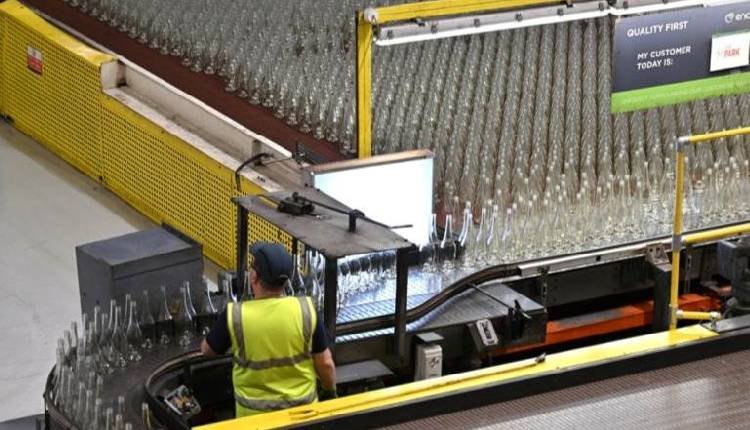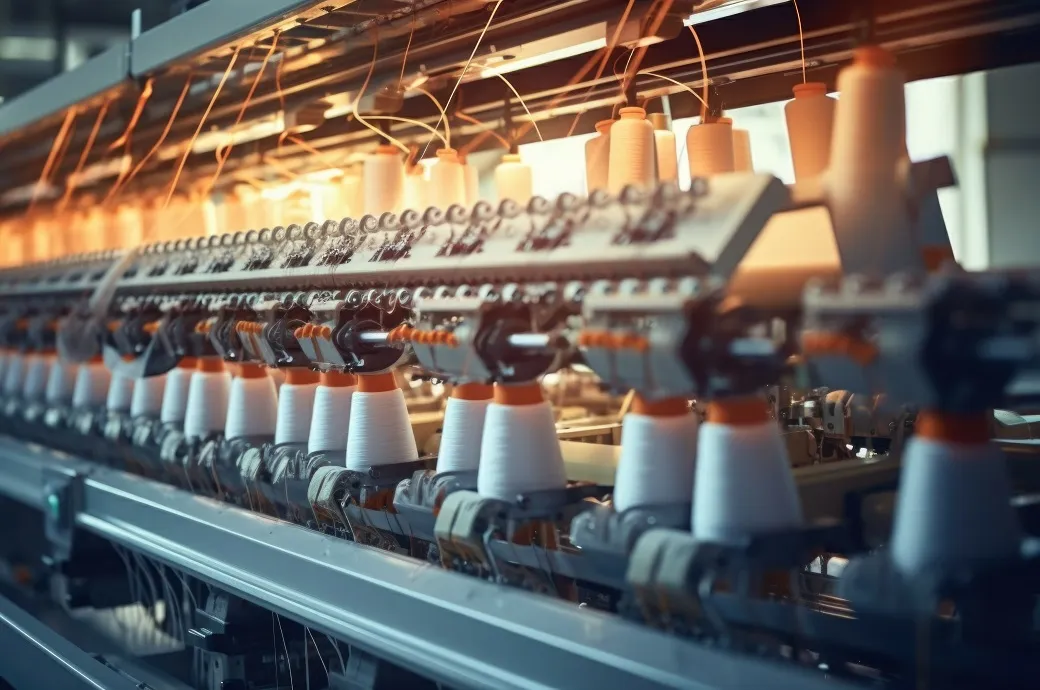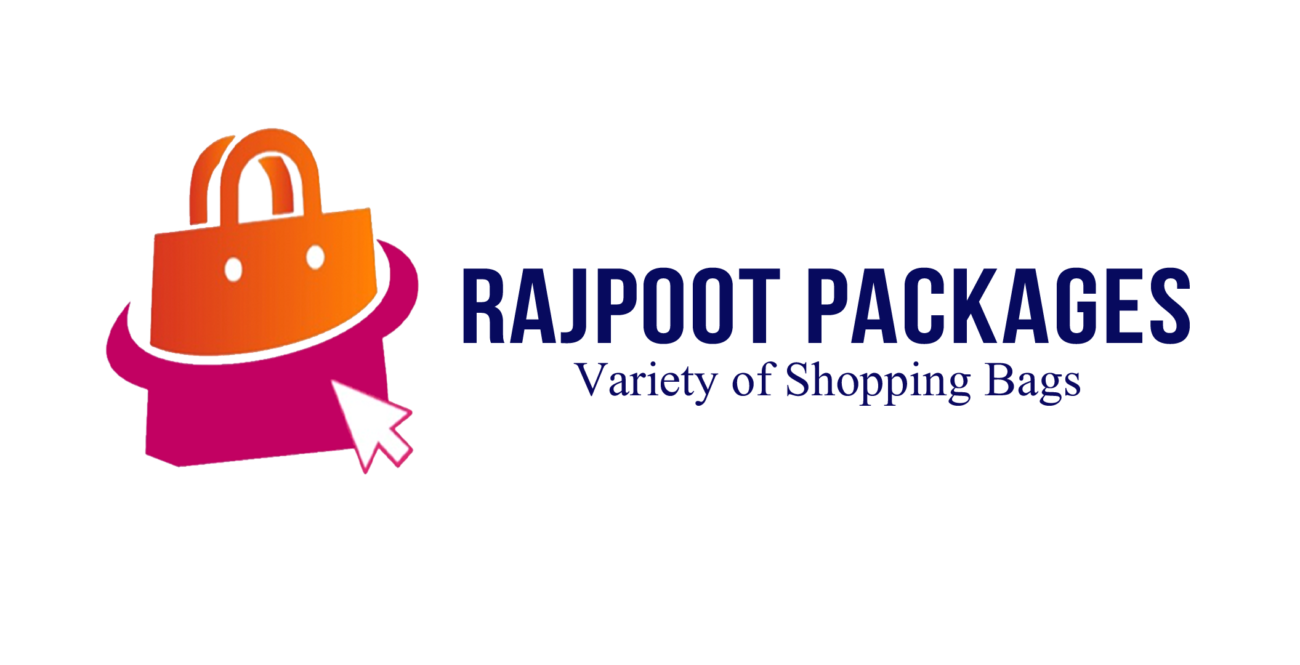Germany’s industrial sector experienced a notable yet moderate rise in producer prices in December 2024, marking a year-on-year (YoY) increase of 0.8%. This growth, though modest compared to previous years, sheds light on several critical dynamics shaping Europe’s largest economy and its industrial output.
A Snapshot of December’s Economic Metrics
Producer prices serve as a key economic indicator, reflecting the average changes in selling prices received by domestic producers for their output. In December 2024, the increase of 0.8% YoY reveals a relatively stable trend amidst global economic uncertainties. The monthly data, however, highlights fluctuations, hinting at underlying market adjustments.
This increase follows a series of adjustments in Germany’s industrial landscape, influenced by global supply chain disruptions, fluctuating energy prices, and shifts in demand for industrial goods. While the growth is slower compared to earlier periods when double-digit gains were reported, it reflects a stabilization phase as industries adapt to post-pandemic realities.
Sectoral Performance and Key Contributors
The industrial producer price index (PPI) comprises various sectors, each contributing differently to the overall growth. In December 2024, the primary drivers included:
- Energy Prices: Despite a significant softening in energy price inflation compared to previous years, this sector continued to influence producer prices. Recent energy policy reforms and investments in renewable energy played a role in stabilizing costs.
- Intermediate Goods: Sectors like chemicals and metals showed marginal increases in prices, supported by steady global demand. The resilience of German engineering exports contributed to these gains.
- Capital Goods: Machinery and equipment manufacturers maintained stable price trends, buoyed by demand from both domestic and international markets.
- Consumer Goods: A subdued yet positive price adjustment in consumer non-durables, such as food and textiles, also contributed to the overall PPI growth.
Comparison with Broader Economic Trends
Germany’s industrial performance in 2024 has been marked by contrasts. While the first half of the year saw challenges like declining global demand and geopolitical tensions affecting trade, the latter half showcased signs of recovery. December’s 0.8% PPI growth aligns with these trends, emphasizing the resilience of Germany’s industrial backbone.
When compared with other major EU economies, Germany’s producer price growth appears more moderate, indicating a shift toward stability rather than rapid inflation or deflation. Countries like Italy and Spain reported slightly higher YoY increases, largely driven by energy costs and supply chain adjustments.
Influencing Factors and Market Dynamics
Several factors have influenced the industrial PPI in Germany:
- Energy Transition: Germany’s ongoing shift toward renewable energy sources has impacted industrial production costs. While this transition entails initial investment costs, it promises long-term price stabilization.
- Supply Chain Adjustments: Persistent bottlenecks in global supply chains have eased, contributing to smoother industrial operations.
- Eurozone Monetary Policy: The European Central Bank’s (ECB) approach to interest rates and inflation control played a role in maintaining moderate producer price growth.
- Geopolitical Context: The Russia-Ukraine conflict and its implications for energy imports remain a critical concern. However, Germany’s diversification efforts in energy procurement have mitigated some of these risks.

Implications for the Broader Economy
The 0.8% YoY increase in producer prices suggests that inflationary pressures are easing compared to the peaks witnessed in 2022 and early 2023. This trend is positive for businesses and consumers, as it points to greater price predictability and economic stabilization.
For businesses, the moderate rise in production costs allows for better pricing strategies, which can help maintain competitiveness in global markets. Meanwhile, consumers may benefit from reduced price volatility in goods and services, especially as energy costs stabilize.
Looking Ahead
As Germany moves into 2025, the industrial sector faces opportunities and challenges. The government’s push for green industrial transformation, increased digitization, and support for small and medium enterprises (SMEs) could drive further growth. However, uncertainties in global trade and potential energy price shocks remain key risks.
The moderate PPI growth in December 2024 reflects an economy that is finding its balance in a rapidly changing global landscape. Policymakers and industry leaders must continue to focus on fostering innovation and resilience to ensure sustained growth.
Conclusion
Germany’s 0.8% YoY increase in industrial producer prices in December 2024 is a testament to the country’s ability to adapt and thrive amidst challenges. While the growth may appear modest, it highlights a crucial phase of stabilization and recovery for Europe’s industrial powerhouse. As we step into 2025, the lessons learned and strategies adopted during this period will undoubtedly shape Germany’s economic trajectory.




